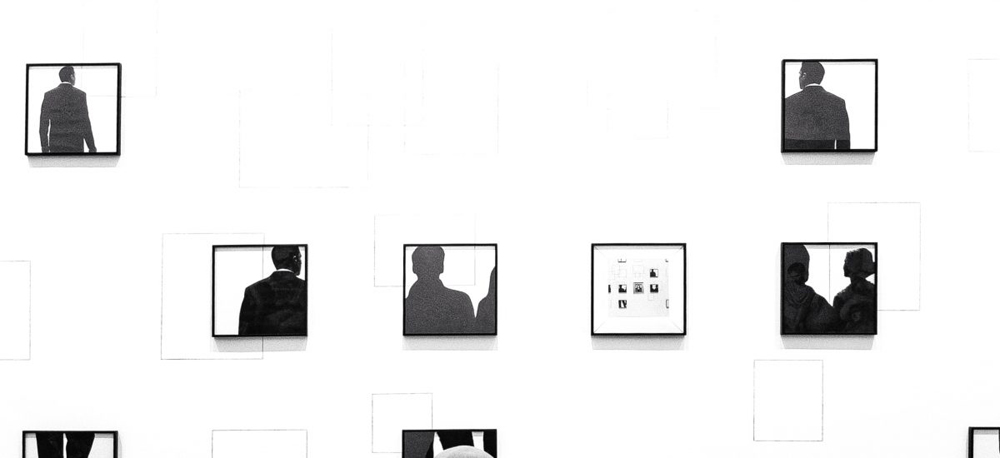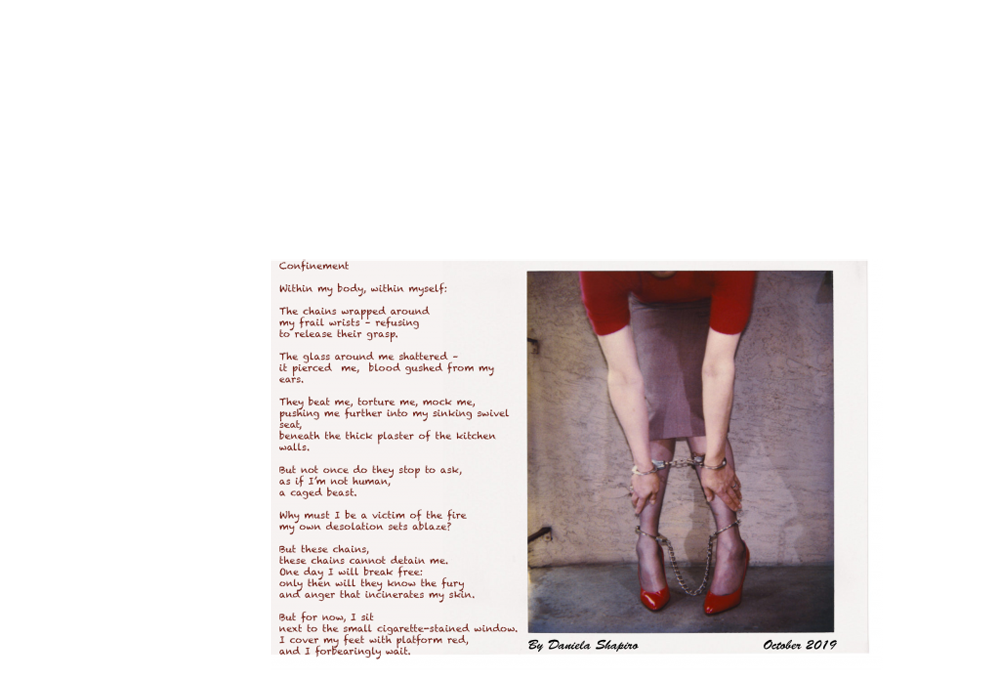During the Conceptual Unit, we were challenged to develop our own abstract thinking and communication skills in order to explore the question “How can I use unconventional forms to express myself?”
This unit accentuated creativity and risk-taking through the usage of poetry, music, art, animations, experimental film and web production, stimulating us to convey our thoughts, opinions, and feelings through an individualistic aesthetic. We began developing our technical communication skills by learning how to utilize a variety of modern technological equipment and digital applications such as DSLR Cameras, Tascam Audio Recorders, Adobe Photoshop, Adobe Animate, Adobe Premiere Pro, Adobe After Effects, Adobe Audition, Avid Pro Tools, WordPress, and various Google Apps.
The differing kinds of projects we completed in this unit allowed me to gain a deeper understanding of my artistic expression, style, and opinions. Through getting familiar with the new equipment and studying well-known forms of conceptual art, I learned to think about the ways in which human emotion, conversation, and societal messages can be imbedded into conceptualized art to communicate their purpose to the audience. The skills and ways of thinking I took away from this unit have become fundamental to the way I view the world and its art.
Poetry
During the poetry unit, we learned about ways to highlight and suggest deeper messages about our world through writing and reciting poetry. We worked on a free-verse poem through sensory object description and an ekphrastic poem in response to a piece of artwork. Both of these projects gave me insight on how to communicate my thoughts and emotions about the world through spoken, written, and visual art. Through learning how to utilize Adobe programs such as Photoshop for photo editing and Pro Tools to edit and incorporate sound, I have gained knowledge about digital media and technological applications.
Behind The Scenes
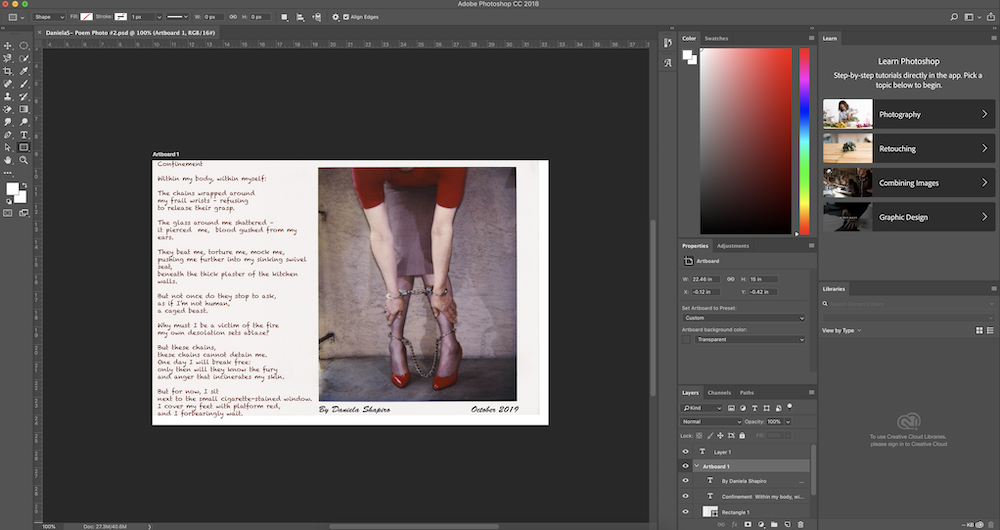
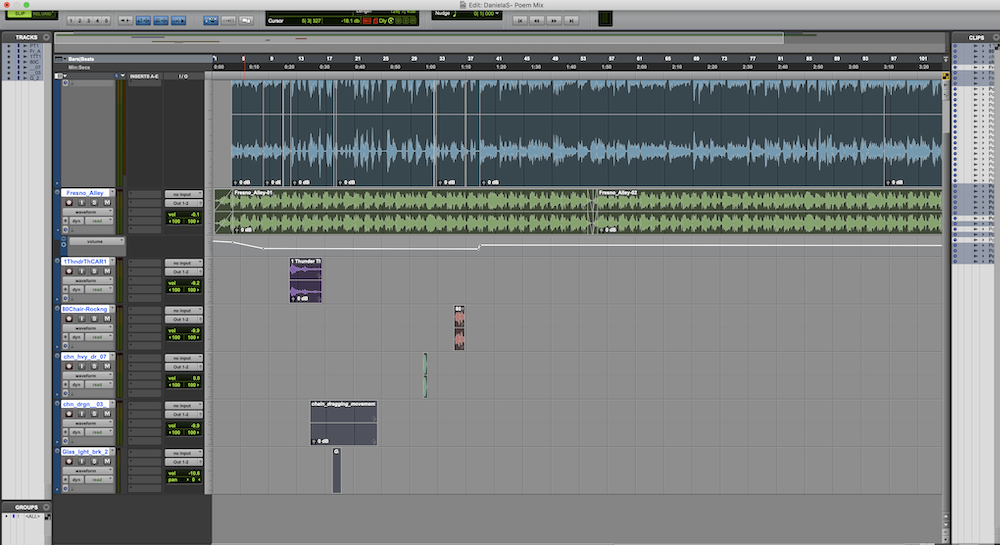
Haiku Poetry
A Haiku poem is a style of Japanese poetry composed of three unrhymed lines of five, seven, and five syllables. A haiku is often accompanied by an image meant to depict the essence of a specific moment in time. In the Haiku unit, we worked in developing a Haiku poem in response to a given concept statement in English that was paired with a matching picture accordingly, as well as a Haiku video in digital media. My concept statement was “exploring the feeling of thankfulness through the need to share”.
Behind The Scenes…

Through the Haiku Poetry unit, I learned essential tools about how to convey powerful messages and feelings in very little words. I also improved my usage of technology through working with Premiere Pro for film editing and Photoshop for photo editing.
Elements and Principles of Art
In this unit, we learned about the elements and principles of art that we must incorporate into the techniques of our work in order to create visually pleasing and fitting art. We explored the meaning and artistic examples of the following principles: line, texture, value, form, shape, space, color, balance, emphasis, movent, proportion and scale, repetition, and unity. These elements work alongside one another in all forms of art to create unity, emphasis, and rhythm for the viewer.
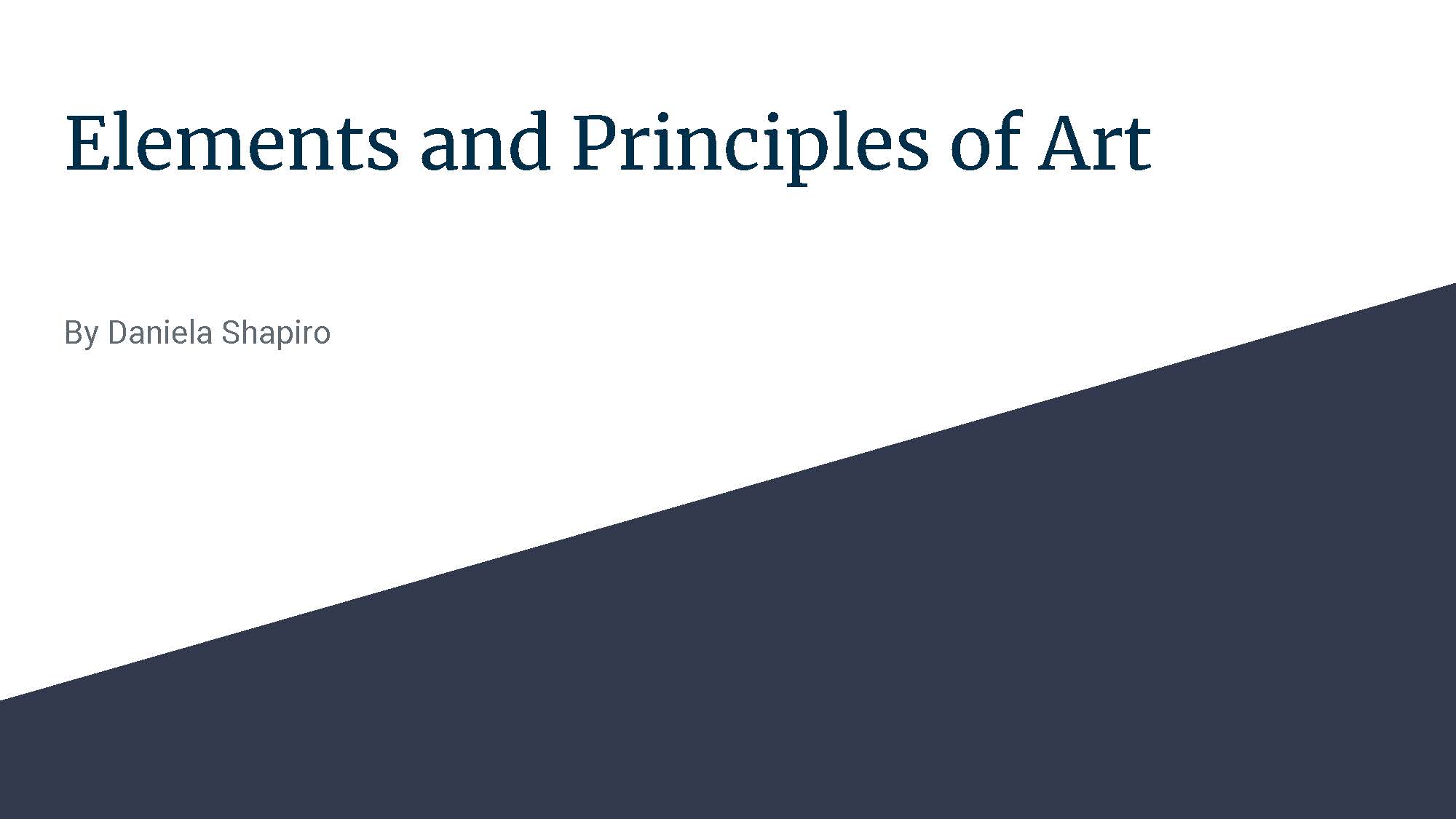
Design Productions
In continuation of exploring the question “How can I use unconventional forms to express myself?”, we completed many distinct projects in our design class that pushed our creative, technical, and artistic outlets.
Conceptual Production
I am exploring the feeling of unhappiness through the need to share. My conceptual photograph depicts a framed lithograph of Picasso’s painting The Dream, whose glass coverage has been partially smashed. Resting on top of the painting lies a hammer surrounded by shattered glass. I placed it in this manner so that the viewer is able to deduct that it is responsible for shattering the painting. The objects lie on a smooth concrete surface with a crack across the bottom. I chose this setting because it demonstrates that even strong materials, like concrete, are capable of breaking. I shot this photo at a high angle slightly to the side with somewhat bright lighting so that the broken glass pieces would be evident and their reflections would be minimized.
The painting in my conceptual photo represents the need to share, as art symbolizes a common way in which people express their emotions. The hammer in the photo portrays a sense of unhappiness as it is destroying the painting. Often, when people feel unhappy, they overcompensate by sharing a false image of their idealized self. In my photo, the hammer is breaking through that false layer, represented by the glass, to reveal the feelings the artist is expressing through their art.
Through editing my photo with Adobe Photoshop, I learned how to work with adjustment layers to balance the contrast and exposure of my photo. This allowed the white in the painting to shine brightly while the concrete ground remained fairly dark. I learned that through utilizing a vignette, I was able to bring attention to the center of the photo, making the objects the main point of emphasis rather than the edges. I also learned how to work with the spot healing treatment to remove a few specks of dirt from the frame of the painting.
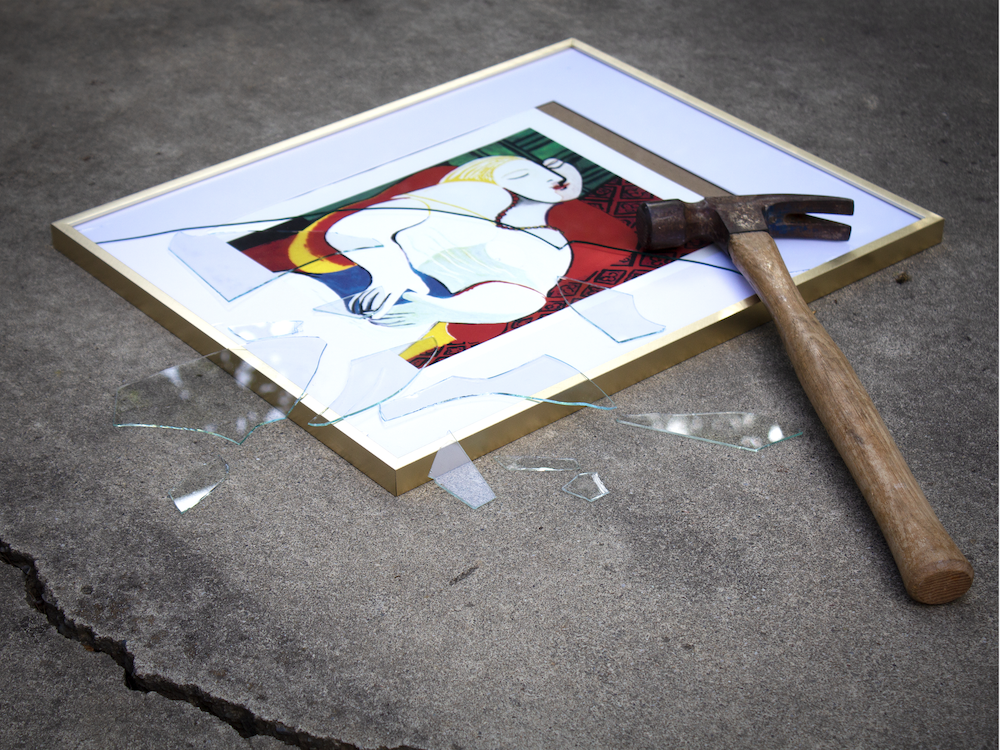
Alphabet Name Photo
In our first assignment of the unit, we we utilized our DSLR cameras to capture images that contained naturally-occurring letters in nature and urbanization to spell out our names. This project taught us how to view everyday objects as art subjects, and to analyze the world around us more meaningfully. Through editing the final photo in Photoshop, we also learned picture editing and placement techniques.

Elements of Art Photo Collage
In this assignment, we utilized our DSLR cameras to capture examples of the elements of design in the real world. Then, using Adobe Photoshop, we concocted these images into a collage to showcase the distinct principles of design, utilizing them to balance and shape the collage itself.
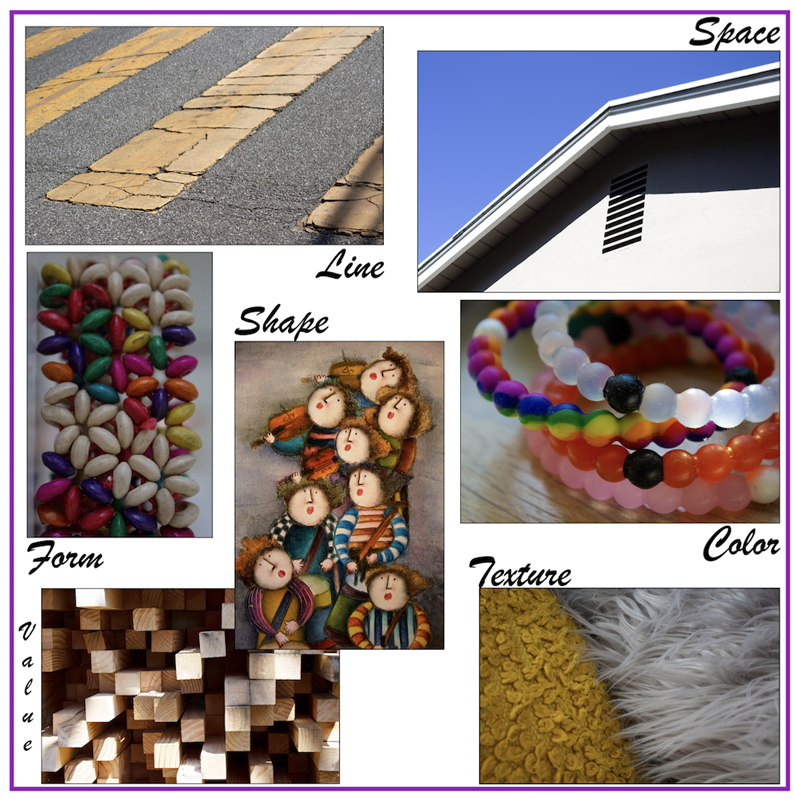
Behind The Scenes…
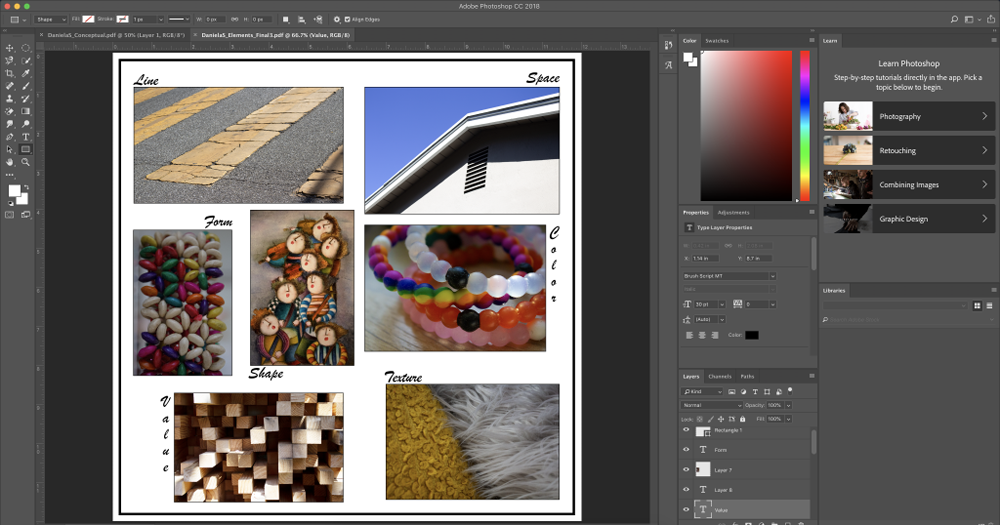
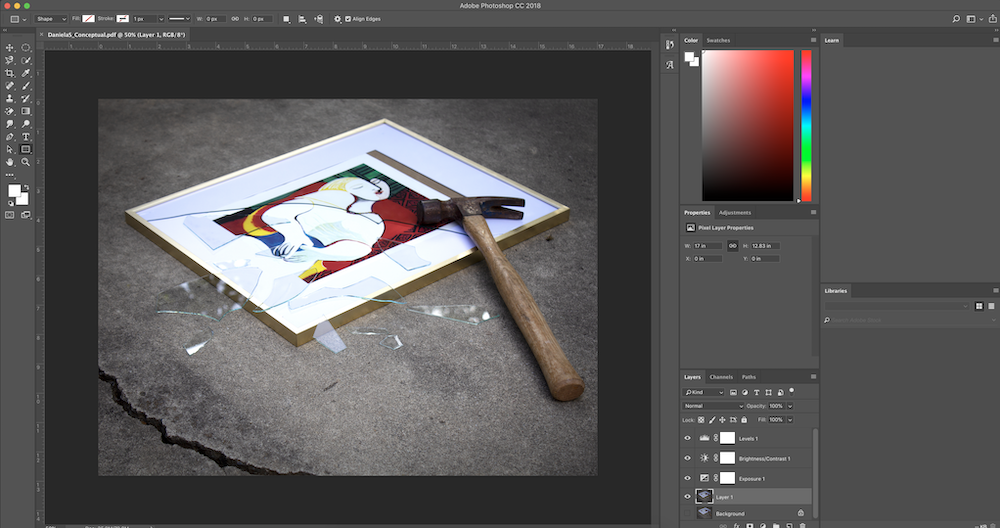
This unit in design has taught me tremendously about all aspects of artistic expression. Not only have I begun to discover how to utilize the fascinating abilities of Adobe programs such as Photoshop and Illustrator, but I have learned a surplus of facts about art history, design principles, storytelling, and artistic expression.
